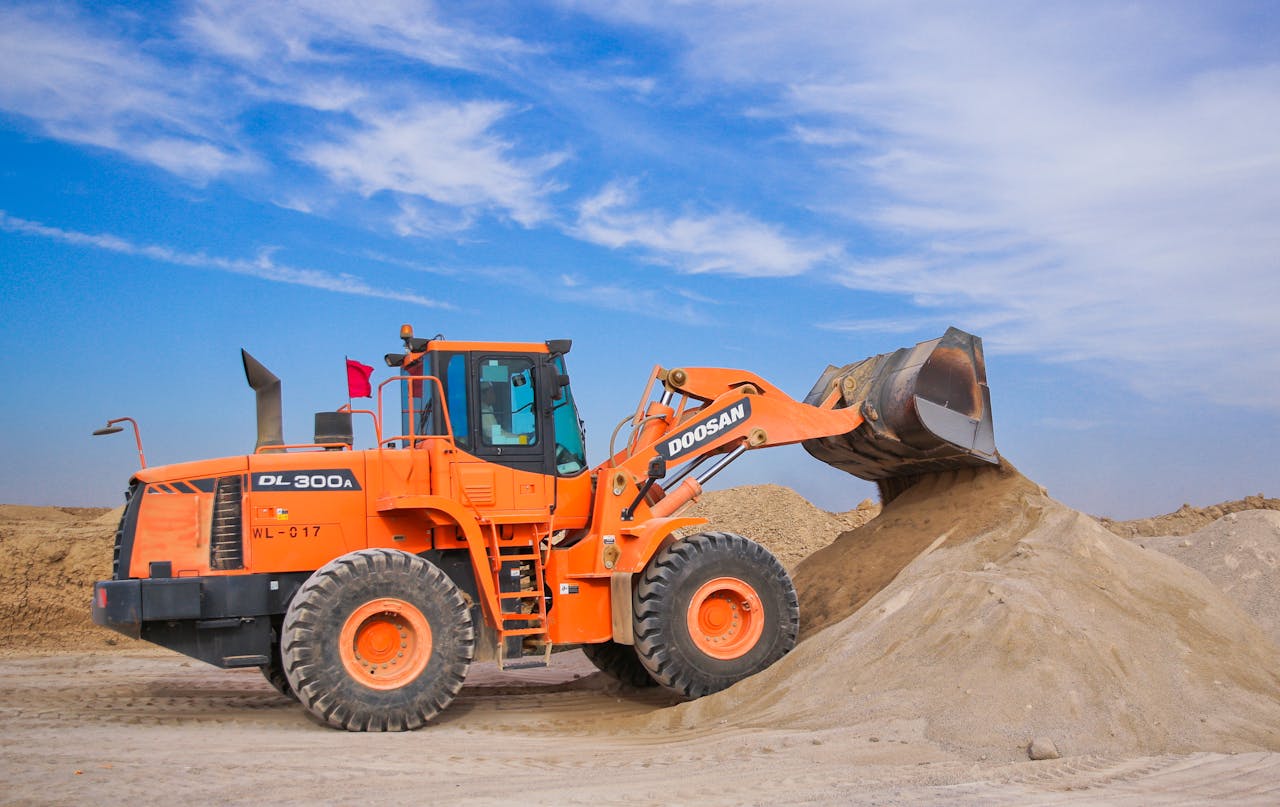
Contaminated land risk assessments: A beginner’s guide
Contaminated land refers to areas where soil, groundwater, or surface water have been polluted by the presence of hazardous substances or contaminants. This is often the result of human activity. It is often found in those areas that were formerly occupied by industrial use, as potentially hazardous substances would have been present. Contaminated land is typically associated with brownfield sites; however, greenfield land can also be contaminated.
What makes land contaminated?
Land is deemed contaminated if:
- There is a source of contamination, such as harmful substances on site or nearby land. These contaminants may include chemicals, asbestos, heavy metals, petroleum products, industrial waste, or other harmful substances.
- There is a pathway or linkage between the source of contamination and receptor (something affected by the pollutant). Examples of a pathway could be contaminated dust being inhaled or vegetables grown in contaminated soil being eaten by the user of an affected property.
- The pollutant can affect the receptors and cause them potentially health threatening conditions or harm.
What is a contaminated land risk assessment?
A contaminated land risk assessment refers to the process of evaluating and analysing potential risks associated with the presence of contaminants in a particular environment or substance. The goal is to identify and understand the potential hazards posed by contaminants and to develop strategies to mitigate or manage these risks. It is important to get a land contamination assessment done to reduce the level or risk of harmful substances entering the environment.
When would a contaminated land risk assessment be required?
A contaminated land risk assessment is required in various scenarios, including:
- In support of planning applications and associated contaminated land planning conditions imposed by the Local Planning Authority
- Land purchase
- Site development
- Regulatory compliance
- Fulfilling planning conditions
What does a Phase 1 or desktop contaminated land risk assessment include?
Following the UK framework for contaminated land assessment, the risk assessment process begins with completion of a ‘Phase 1’ or ‘desktop’ contaminated land assessment. This includes a professional analysis of geological records, historical mapping, records of past land usage, and environmental sensitivity. Each risk assessment includes:
For fulfilling planning conditions:
- Site inspection, where deemed necessary
- Tailored to the National Planning Policy Framework (‘NPPF’)
- Regulatory liaison (if time allows)
- Preliminary risk assessment
- Risk summary and actions
- Enhanced Assessments (Optional)
- Flood risk screen
- Coal Mining Authority Report
For buying or selling land:
- Identification of current site activities with potential to cause environmental harm
- Statutory liability under Part 2A EPA 1990
- Environmental permitting obligations and associated constraints
- Recommendations for ongoing environmental compliance and improvements that may be required
- Flood risk screen as standard
In conclusion
Ashfield Solutions is one of the leading experts in the UK for contaminated land risk assessment. We have unrivalled experience and hundreds of satisfied clients under our belt. With an amiable and competent team, every report is completed in compliance with the applicable industry best practices and guidance. We work with homeowners, company owners, investors, and developers throughout the whole of the United Kingdom.
We take great satisfaction in completing work promptly and correctly the first time around. As leading providers of contaminated land risk assessments, the Ashfield team can assist you if you’re searching for a quick, easy, and cost-effective way to get planning permission. Get in touch with us to find out more.


